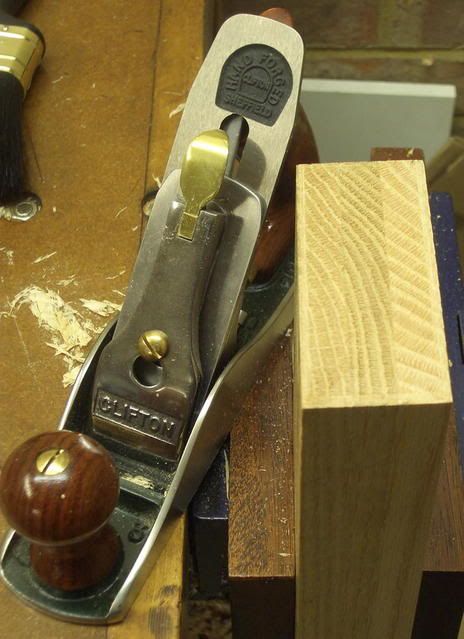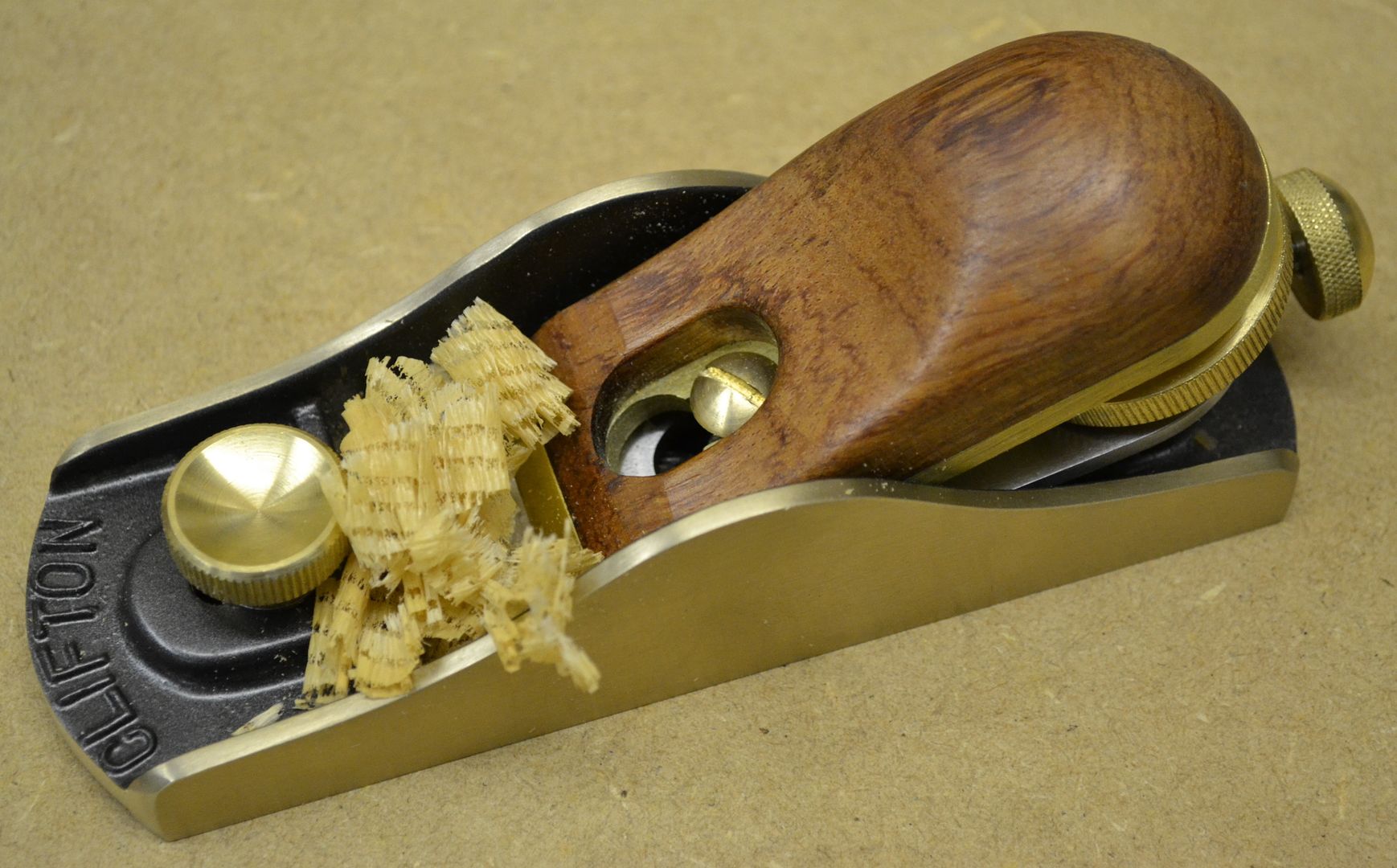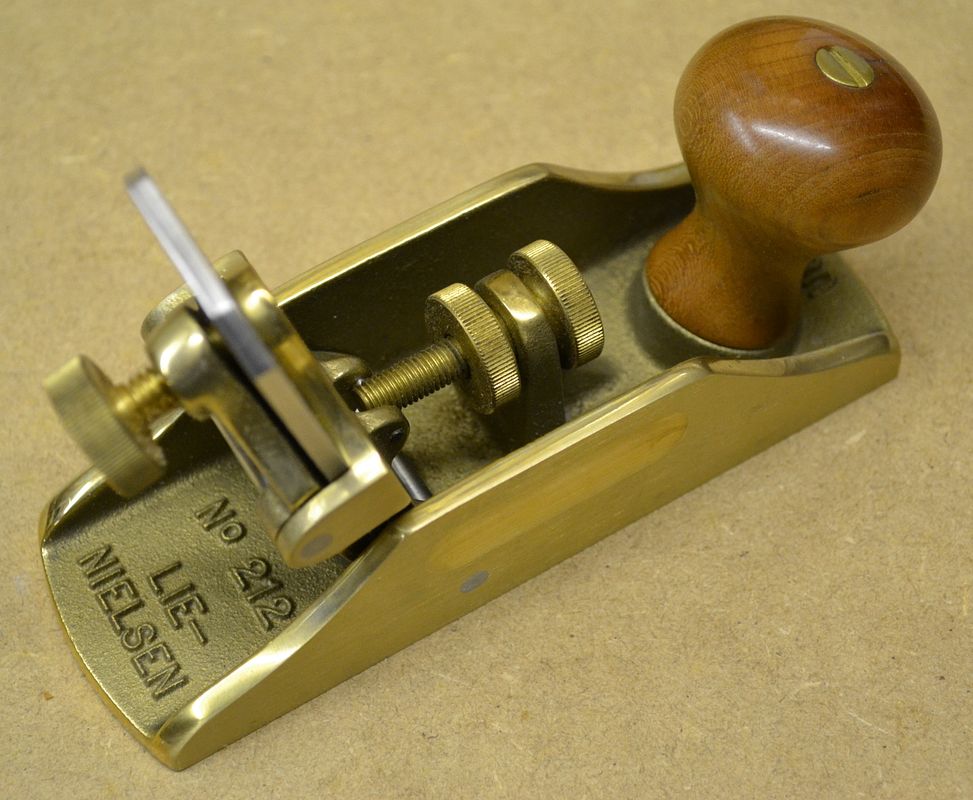Paul Chapman
Established Member
I first saw a prototype of the Clifton low angle block plane about 10 years ago at a woodworking show at Alexandra Palace. Mike Hudson of Clico, who manufactured Clifton planes at that time, had one which he was showing people to gain their reactions. At the time I was looking for a good quality block plane and had looked at the Veritas and the Lie Nielsen but I much preferred the Clifton.
Time went by and it looked as though the Clifton would not go into production any time soon so I eventually bought the Veritas. However, I continued to look at the Clifton prototype whenever I met Mike at various shows and we had a standing joke that I would buy the first one off the production line.
Alan Reid, who owned Clico recently retired and sold the Clifton plane manufacturing part of the firm to Thomas Flinn & Co. Katie Ellis of Thomas Flinn very quickly put the Clifton block plane into production and as soon as I read on their website https://www.facebook.com/cliftonplanes?ref=hl that the plane was in production, I ordered one. This was a bit of a leap of faith as I hadn't seen pictures of the production version but I was confident that it would be good.
My plane arrived last Friday and I wasn't disappointed
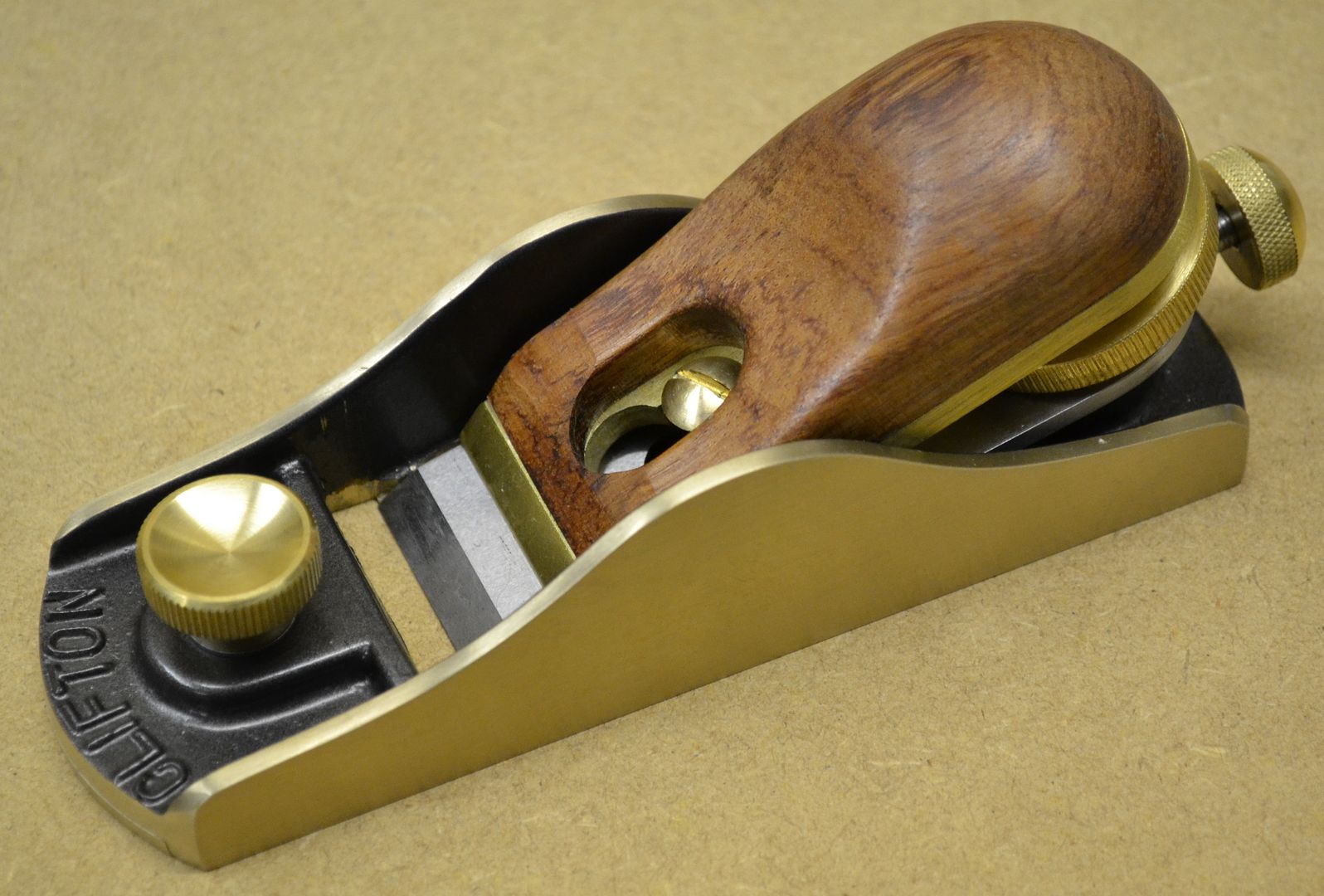
The plane was everything I hoped it would be and more. Neil at Thomas Flinn who has undertaken the final design and manufacture of the block planes has done a great job.
The main body of the plane is made from bronze. This is heavier than the more normal cast iron. According to my wife's kitchen scales (not sure how accurate they are) the plane weighs 2 lbs 2 oz compared with 1 lb 12 ozs for my Veritas. There are two schools of thought about the weight of planes. I've always preferred heavier planes but I know some people prefer light-weight ones. For a block plane which will frequently be used on end grain, I find the heavier the plane the better.
The Clifton plane is roughly the same size as the Veritas
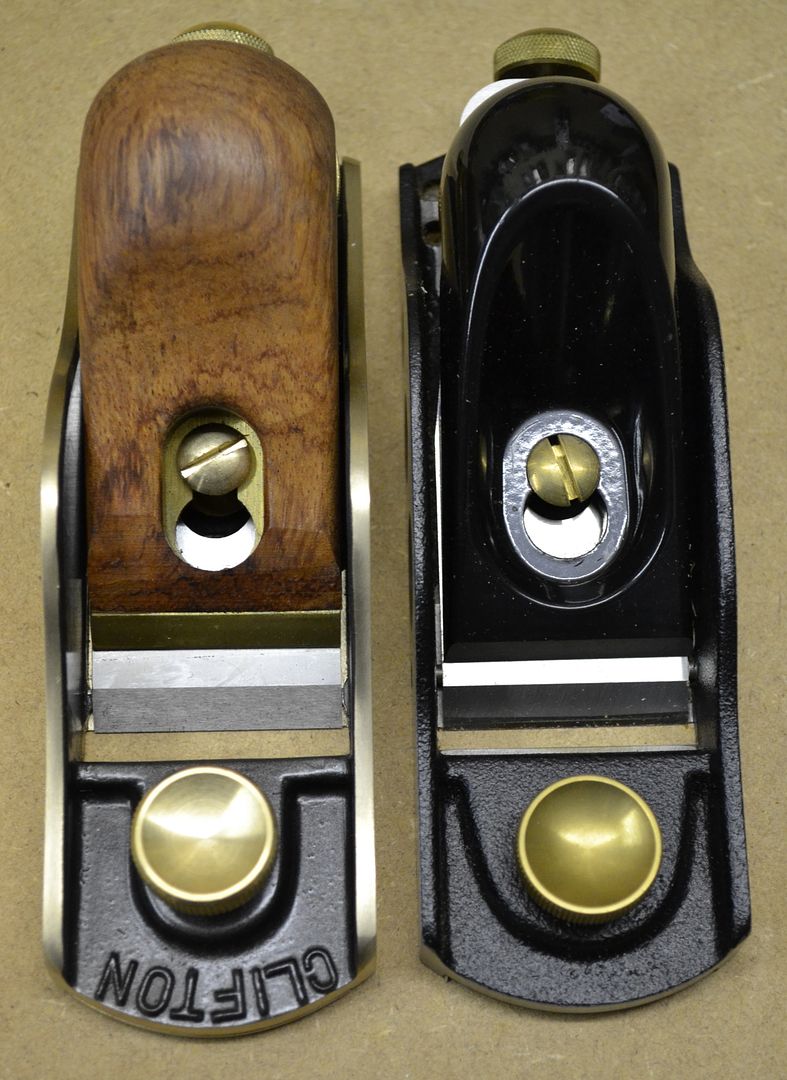
The blades of the two planes differ in their shape. The Clifton has parallel sides whereas the Veritas is tapered for part of its length. The shape of the Clifton blade is probably better if you use a side-clamping honing guide like the Eclipse.
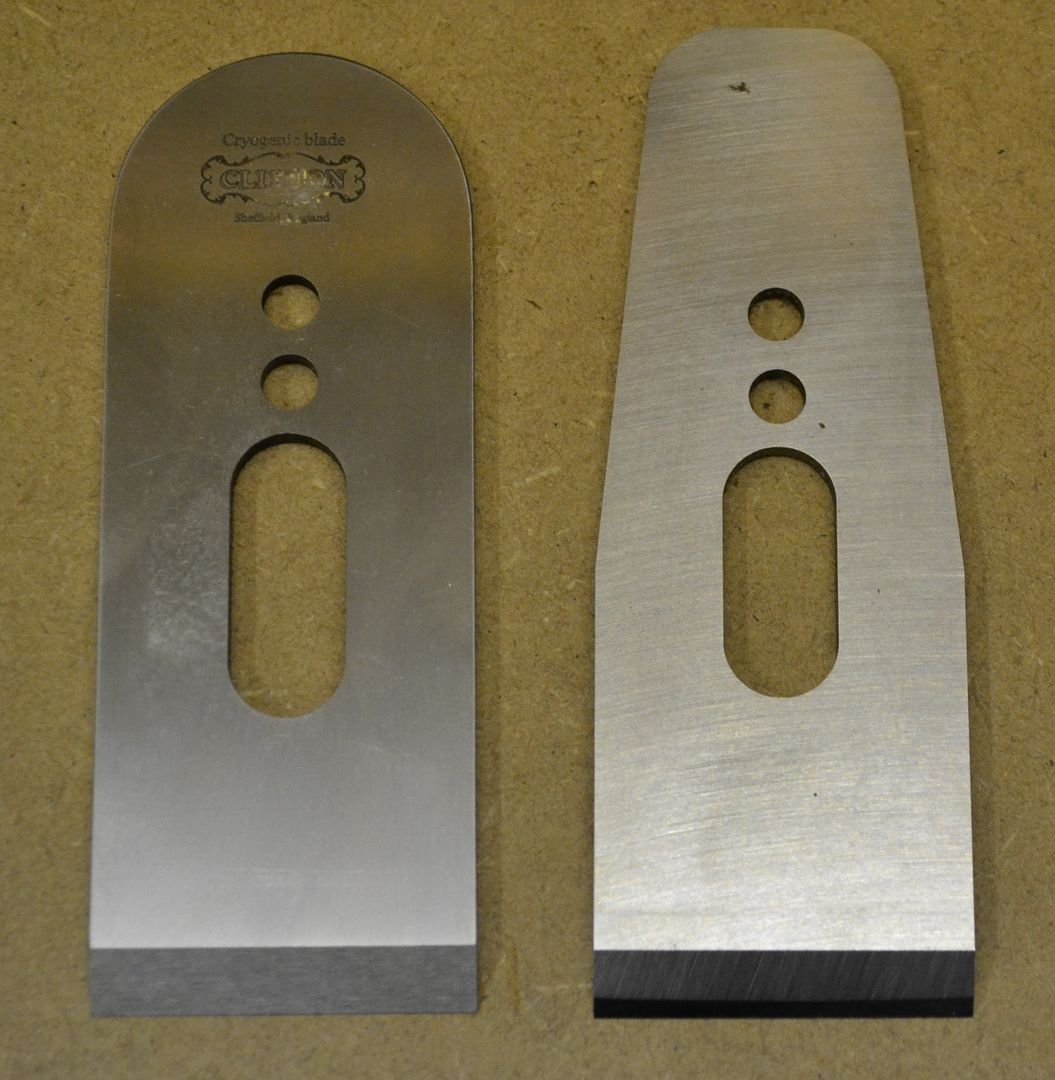
The blade is made from cryogenically treated 01 steel.
The underside of the lever cap (like the rest of the plane) is beautifully machined
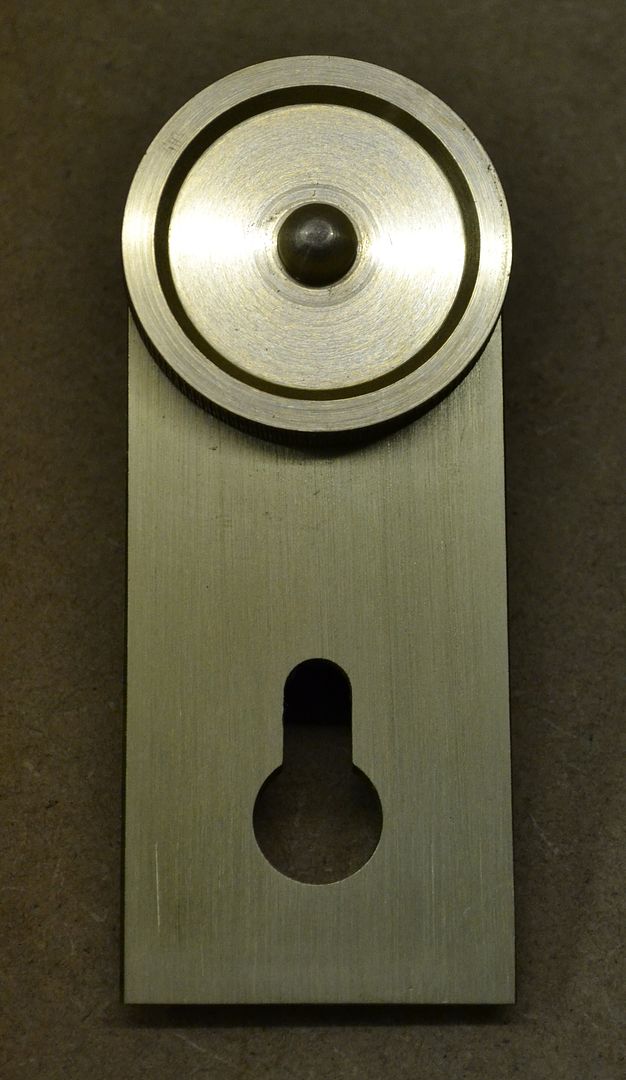
The plane uses a Norris-style adjuster and provides ample lateral adjustment

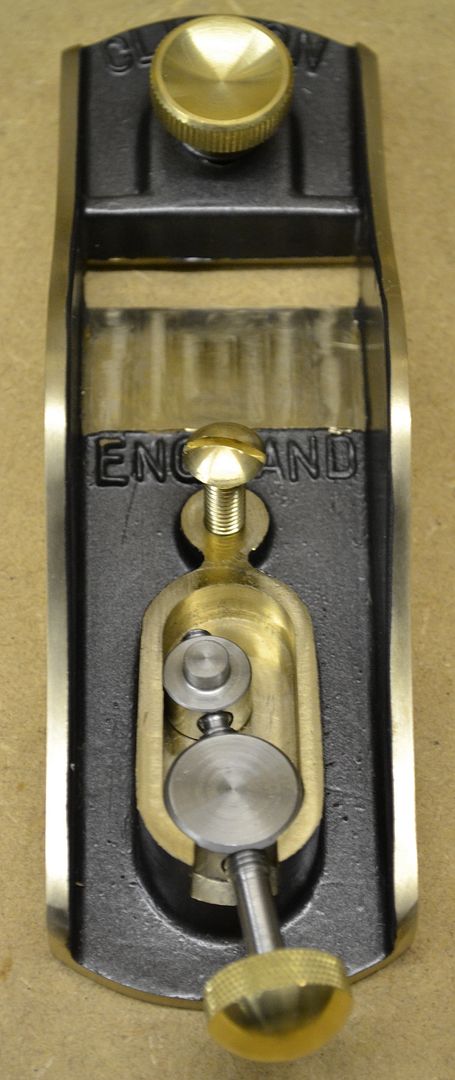
The top side of the lever cap, and one of the plane's nicest features in my view, is in Bubinga. This makes the plane very tactile and is very comfortable in use.
I am delighted with the plane. I've only had time to make a few shavings with it but it works superbly.
Planes are very personal and people have very different views about them. I always advise that you should try before you buy to ensure that you will be happy with your purchase. If you want to try out the Clifton block plane, I understand that Thomas Flinn & Co hope to have it available at the forthcoming European Woodworking Show at Cressing Temple http://www.europeanwoodworkingshow.eu/
Cheers :wink:
Paul
Time went by and it looked as though the Clifton would not go into production any time soon so I eventually bought the Veritas. However, I continued to look at the Clifton prototype whenever I met Mike at various shows and we had a standing joke that I would buy the first one off the production line.
Alan Reid, who owned Clico recently retired and sold the Clifton plane manufacturing part of the firm to Thomas Flinn & Co. Katie Ellis of Thomas Flinn very quickly put the Clifton block plane into production and as soon as I read on their website https://www.facebook.com/cliftonplanes?ref=hl that the plane was in production, I ordered one. This was a bit of a leap of faith as I hadn't seen pictures of the production version but I was confident that it would be good.
My plane arrived last Friday and I wasn't disappointed

The plane was everything I hoped it would be and more. Neil at Thomas Flinn who has undertaken the final design and manufacture of the block planes has done a great job.
The main body of the plane is made from bronze. This is heavier than the more normal cast iron. According to my wife's kitchen scales (not sure how accurate they are) the plane weighs 2 lbs 2 oz compared with 1 lb 12 ozs for my Veritas. There are two schools of thought about the weight of planes. I've always preferred heavier planes but I know some people prefer light-weight ones. For a block plane which will frequently be used on end grain, I find the heavier the plane the better.
The Clifton plane is roughly the same size as the Veritas

The blades of the two planes differ in their shape. The Clifton has parallel sides whereas the Veritas is tapered for part of its length. The shape of the Clifton blade is probably better if you use a side-clamping honing guide like the Eclipse.

The blade is made from cryogenically treated 01 steel.
The underside of the lever cap (like the rest of the plane) is beautifully machined

The plane uses a Norris-style adjuster and provides ample lateral adjustment


The top side of the lever cap, and one of the plane's nicest features in my view, is in Bubinga. This makes the plane very tactile and is very comfortable in use.
I am delighted with the plane. I've only had time to make a few shavings with it but it works superbly.
Planes are very personal and people have very different views about them. I always advise that you should try before you buy to ensure that you will be happy with your purchase. If you want to try out the Clifton block plane, I understand that Thomas Flinn & Co hope to have it available at the forthcoming European Woodworking Show at Cressing Temple http://www.europeanwoodworkingshow.eu/
Cheers :wink:
Paul





